Pitcher Plant Seeds: Guide To Pitcher Plant Seed Growing
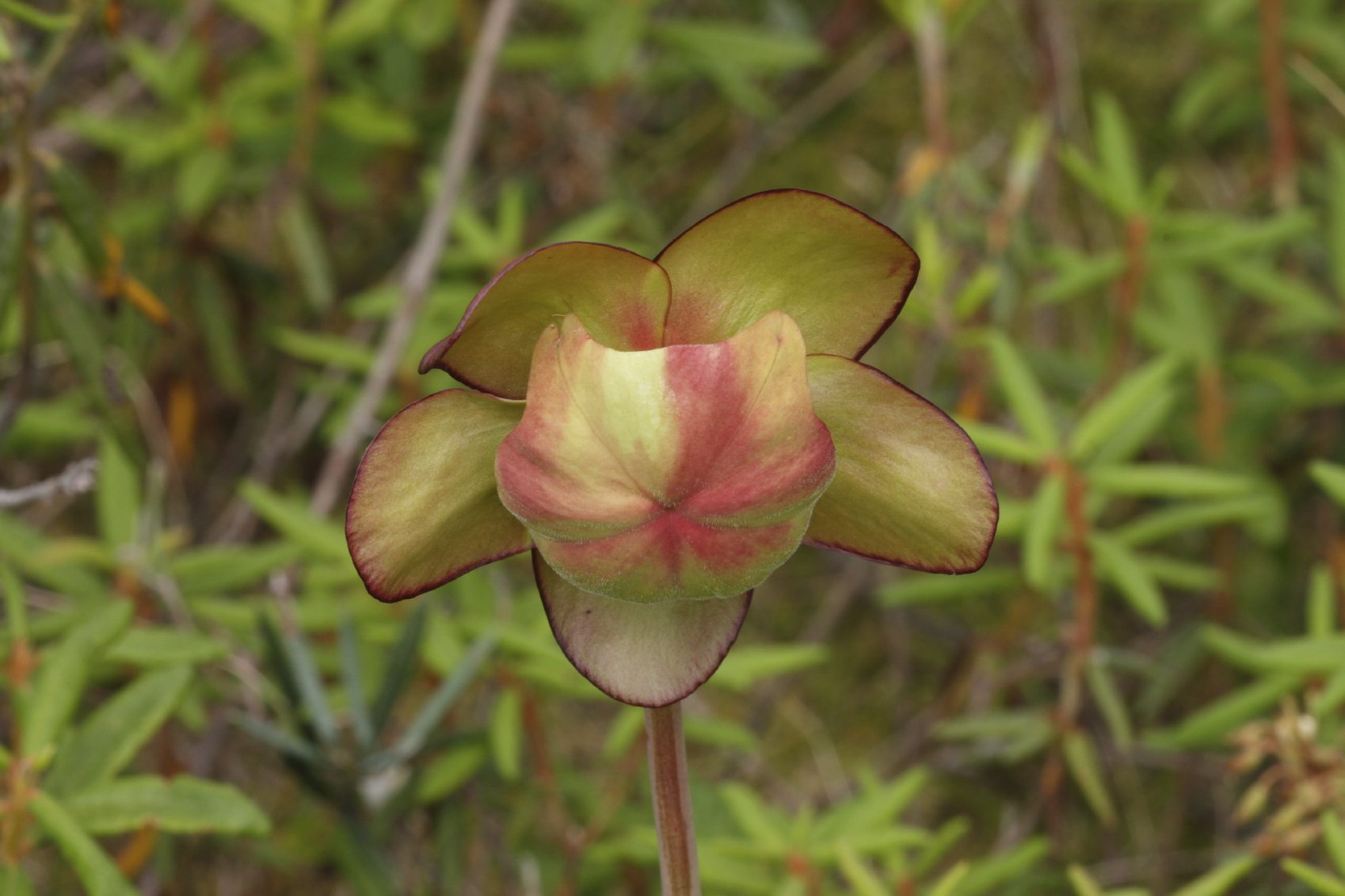

If you have one pitcher plant and you’d like more, you may be thinking of growing pitcher plants from the seed taken from its spent blooms. Pitcher plant seed sowing is one of the best ways to reproduce this beautiful plant. Like the seeds of other carnivorous plants, however, they need special treatment to give them their best chance of growing. Read on for information about how to grow pitcher plants from seed.
How to Grow Pitcher Plants from Seed
If you are growing pitcher plants from seeds, you have to provide them with a lot of humidity to get them to germinate. Experts recommend that pitcher plant growing take place in transparent pots that have lids to keep in the moisture. It is also possible to use regular pots with glass or plastic domes over them to serve the same purpose. Most growers recommend that you use pure peat moss as a growing medium for pitcher plant seeds to be sure that it is sterile and won’t mold. You may also dust the seeds with a fungicide beforehand to control mold. You can mix in a little silica sand or washed river sand and perlite, if you have some handy.
Stratification for Pitcher Plant Seeds
Pitcher plant seed growing requires stratification. This means that the seeds grow best when put in a cold location for several months before they germinate to reproduce the chilly winters of their native lands. Moisten the planting medium first, then sow pitcher plant seeds by placing them on the medium surface. Place the pots in a warm area for a few days, then in the refrigerator for six to eight weeks. After the appropriate amount of stratification time, move the entire pitcher plant seed growing operation to a warmer area with bright light. If you are growing pitcher plants from seeds, you have to be patient. Allow the pitcher plant seeds all the time they need to germinate. Germination for carnivorous plants like the pitcher takes far longer than the germination of flowers or garden vegetables. They rarely germinate within a few weeks. Many times, they take months to start sprouting. Keep the soil moist and the plant in bright light, then try to forget about the seeds until you see the pitcher plant seed growing.
Gardening tips, videos, info and more delivered right to your inbox!
Sign up for the Gardening Know How newsletter today and receive a free copy of our e-book "How to Grow Delicious Tomatoes".

Teo Spengler is a master gardener and a docent at the San Francisco Botanical Garden, where she hosts public tours. She has studied horticulture and written about nature, trees, plants, and gardening for more than two decades. Her extended family includes some 30 houseplants and hundreds of outdoor plants, including 250 trees, which are her main passion. Spengler currently splits her life between San Francisco and the French Basque Country, though she was raised in Alaska, giving her experience of gardening in a range of climates.
-
 4 Superfast Composting Methods: Turn Waste Into Garden Gold In 30 Days Or Less
4 Superfast Composting Methods: Turn Waste Into Garden Gold In 30 Days Or LessTry the fastest composting methods to turbocharge your pile and transform kitchen scraps and garden waste into finished compost in just a few weeks.
By Mary Ellen Ellis
-
 Best Spider Plant Soil – Complete Soil Guide And Expert Tips For Keeping Plants Happy
Best Spider Plant Soil – Complete Soil Guide And Expert Tips For Keeping Plants HappySpider plants are fun and easy plants to grow, but what is the best soil for a spider plant? Selecting the right soil is important so they can thrive.
By Bonnie L. Grant
-
 Black Pitcher Plant Leaves – Why Nepenthes Leaves Are Turning Black
Black Pitcher Plant Leaves – Why Nepenthes Leaves Are Turning BlackPitcher plant has specific needs, and it lets you know with alarming clarity when those needs aren't being met. This article explains what to do when you find your pitcher plant's leaves turning black. Click here to learn more.
By Jackie Carroll
-
 Watering Nepenthes – How To Water A Pitcher Plant
Watering Nepenthes – How To Water A Pitcher PlantThere are many types of exotic pitcher plants, all surprisingly easy to grow once you learn how to meet the plant's basic needs, including proper pitcher plant watering. Click here to learn what's involved in watering a pitcher plant.
By Mary H. Dyer
-
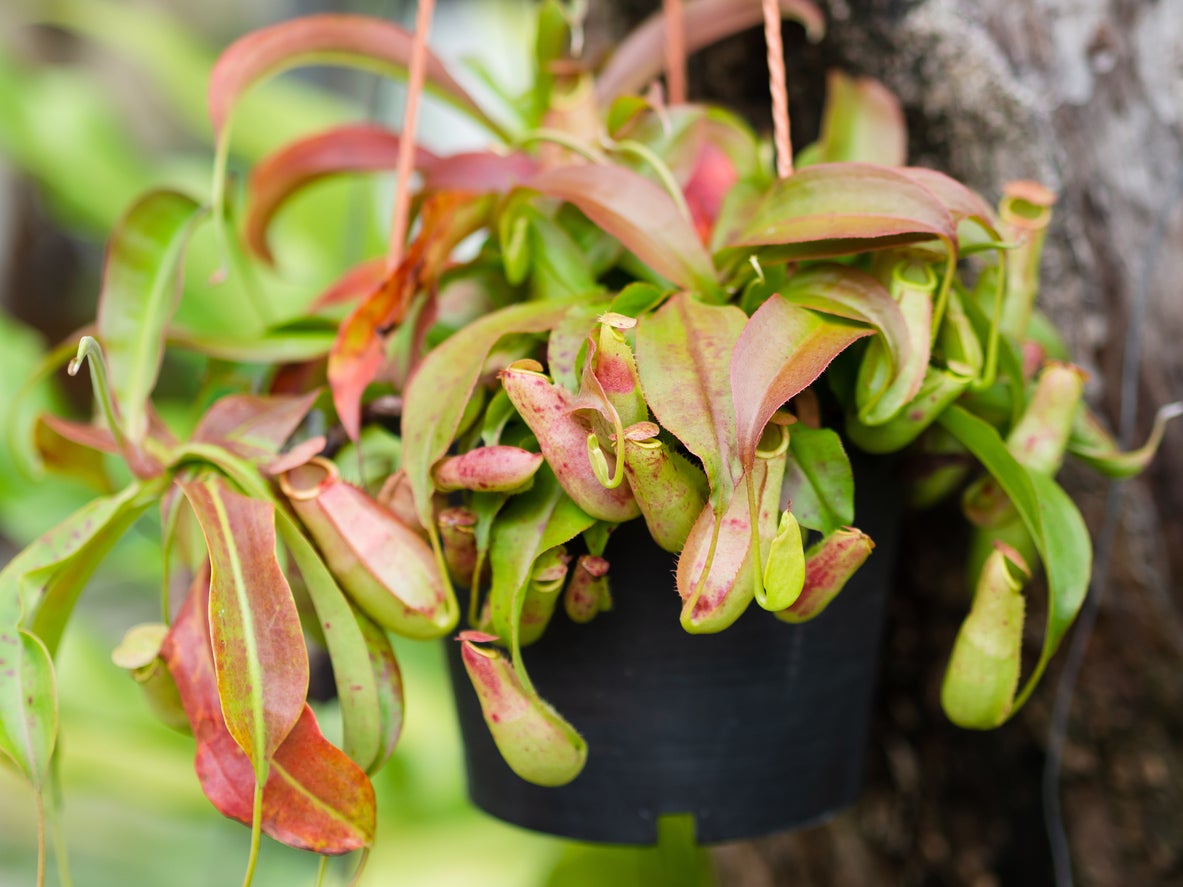 Nepenthes Pitcher Plants: Treating A Pitcher Plant With Red Leaves
Nepenthes Pitcher Plants: Treating A Pitcher Plant With Red LeavesNepenthes pitcher plants are often grown as houseplants. If you own one, you may see your pitcher plant leaves turning red. There are various possible reasons for a pitcher plant with red leaves; some require fixing, some do not. Click here to learn more.
By Teo Spengler
-
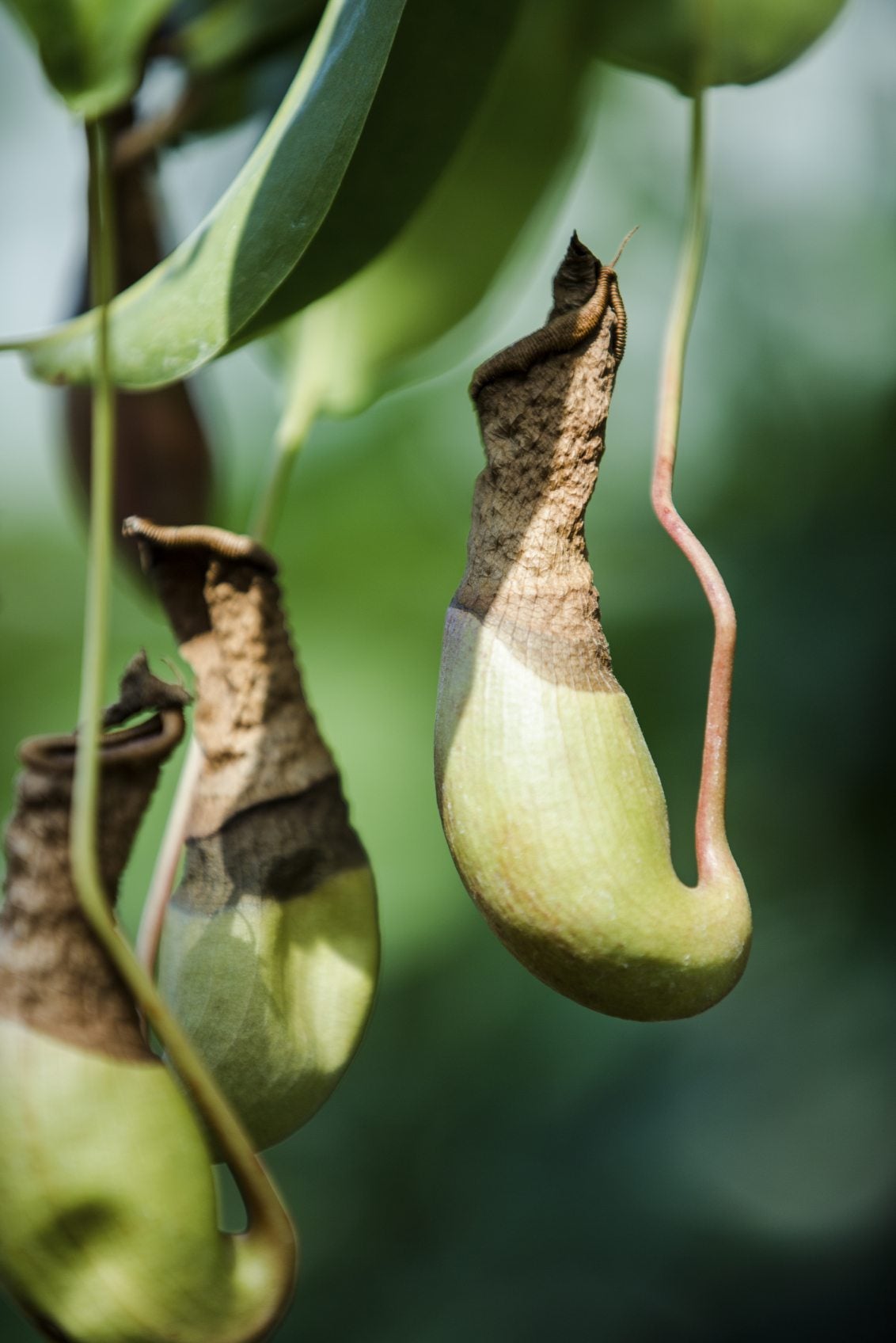 Pitcher Plant Pest Control: Learn About Pests Of Pitcher Plants
Pitcher Plant Pest Control: Learn About Pests Of Pitcher PlantsPitcher plants are exotic, fascinating plants, but they're prone to many of the same problems that affect any other plant, including pests. If you're wondering how to get rid of bugs on carnivorous plants, it can be tricky. Click here to find out why.
By Mary H. Dyer
-
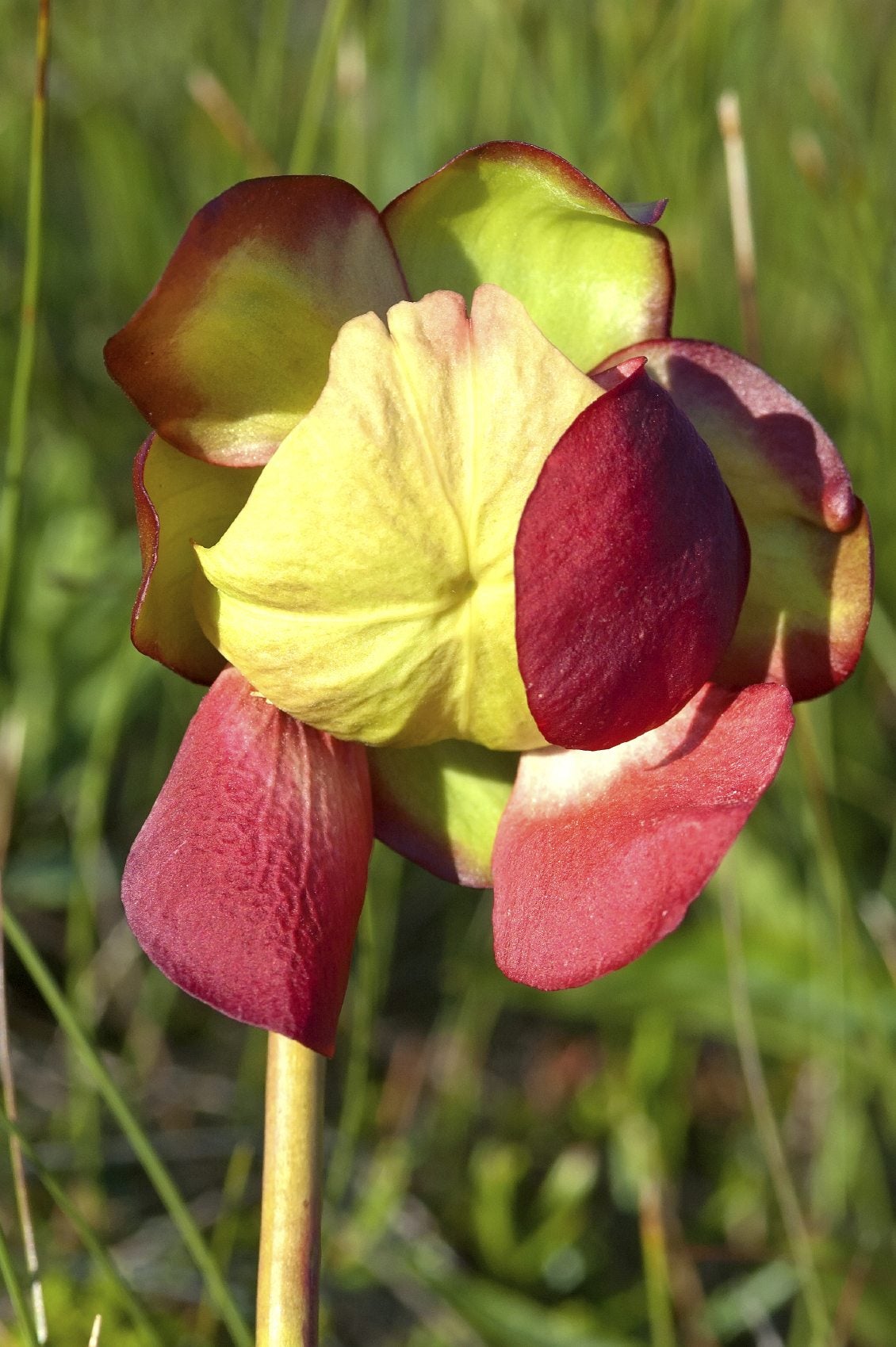 Do Pitcher Plants Bloom: Learn About Pitcher Plant Flowers
Do Pitcher Plants Bloom: Learn About Pitcher Plant FlowersDo pitcher plants bloom? They certainly do, and pitcher plant flowers are just as fascinating as the colorful, mysterious pitchers. Click on this article for more pitcher plant flower information. You'll be amazed at how lovely their flowers are.
By Mary H. Dyer
-
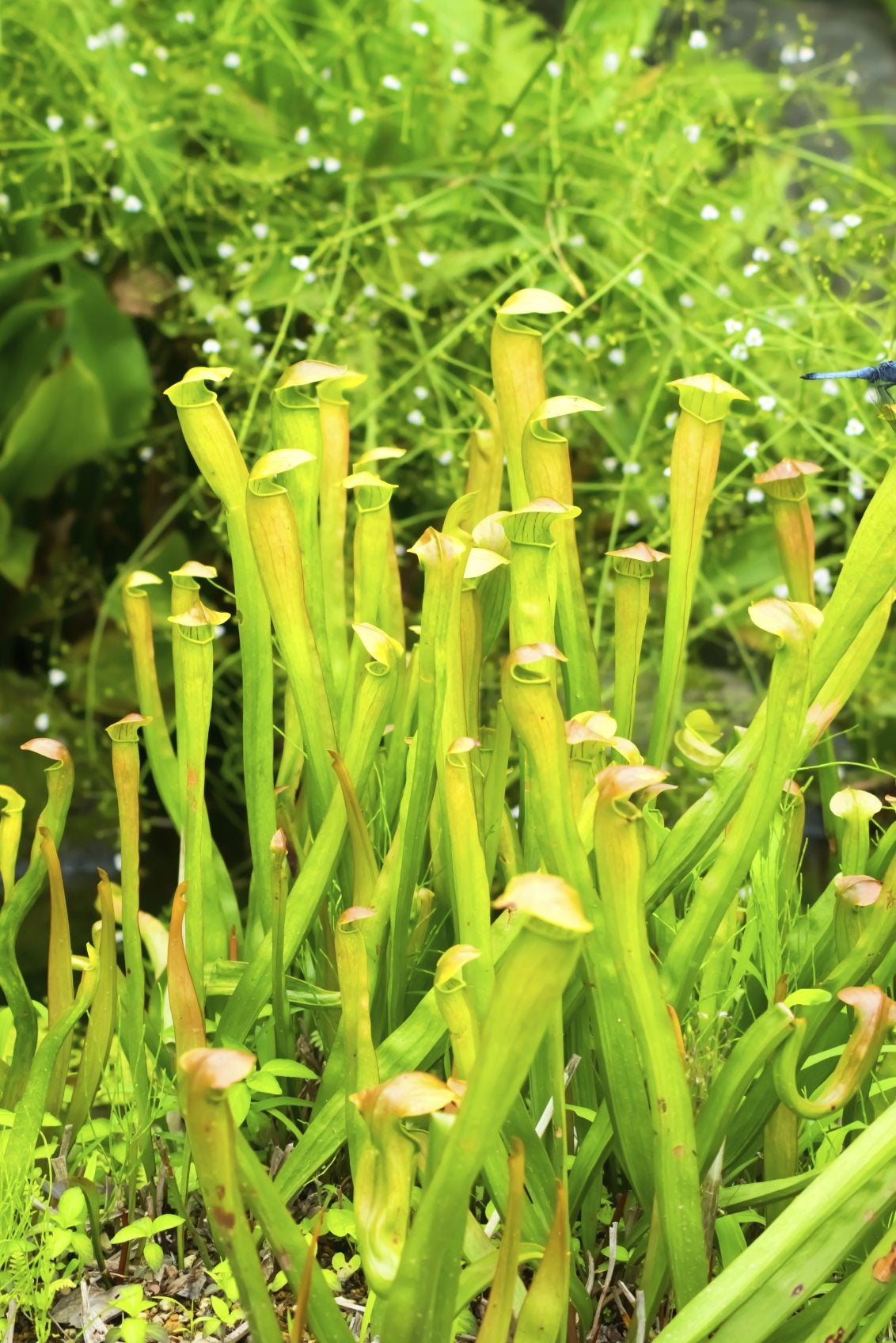 Pitcher Plant Info: Growing Pitcher Plants In The Garden
Pitcher Plant Info: Growing Pitcher Plants In The GardenGrowing pitcher plants outdoors requires a combination of conditions quite different from ordinary garden plants. To learn what these plants need to grow outdoors, click on the article that follows for additional information.
By Karen Boness
-
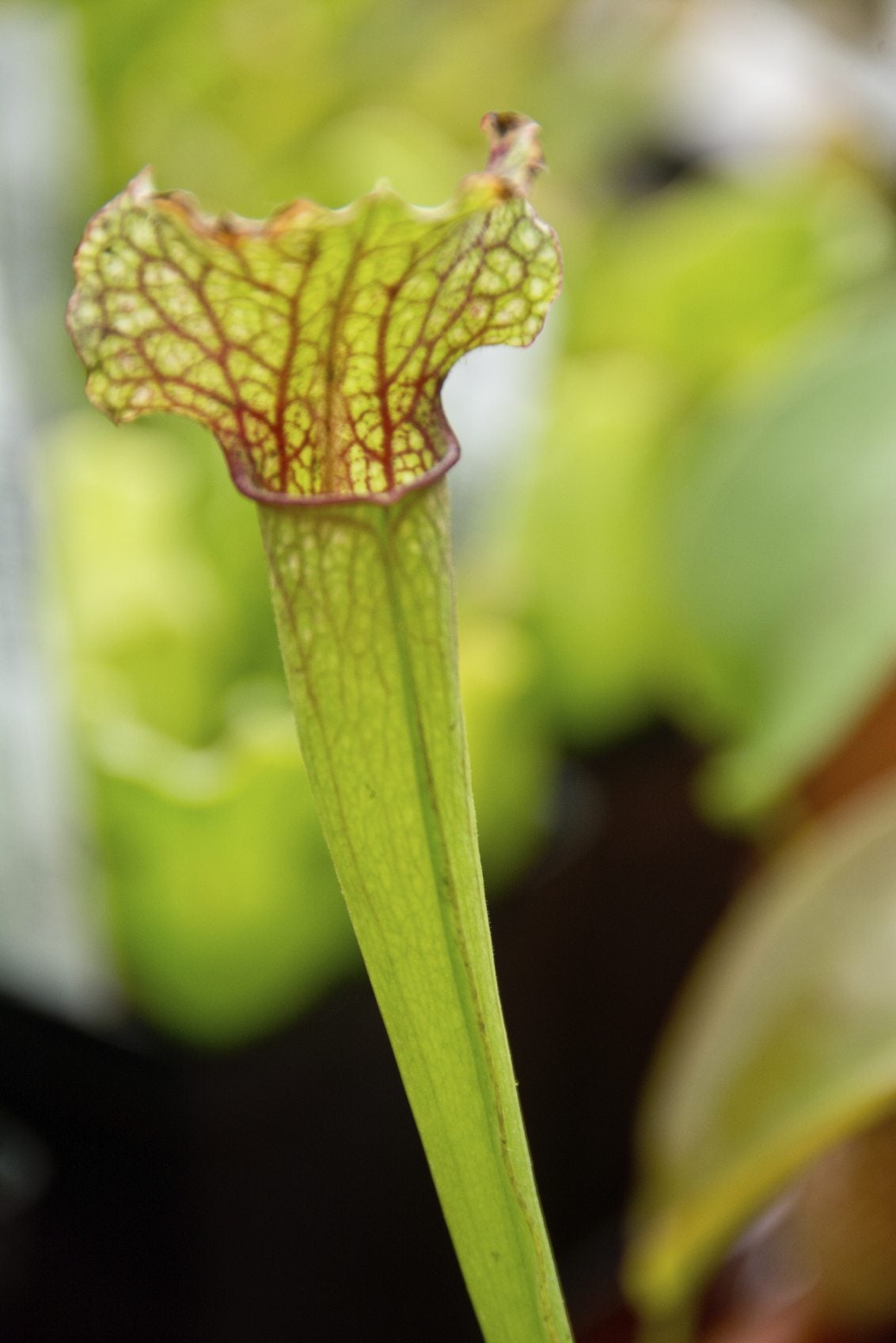 Carnivorous Plant Problems: Why A Pitcher Plant Has No Pitchers
Carnivorous Plant Problems: Why A Pitcher Plant Has No PitchersIf you're having carnivorous plant problems, such as a pitcher plant not making pitchers, it may require some troubleshooting to determine the problem. For helpful tips on this issue, simply click on the following article.
By Mary H. Dyer
-
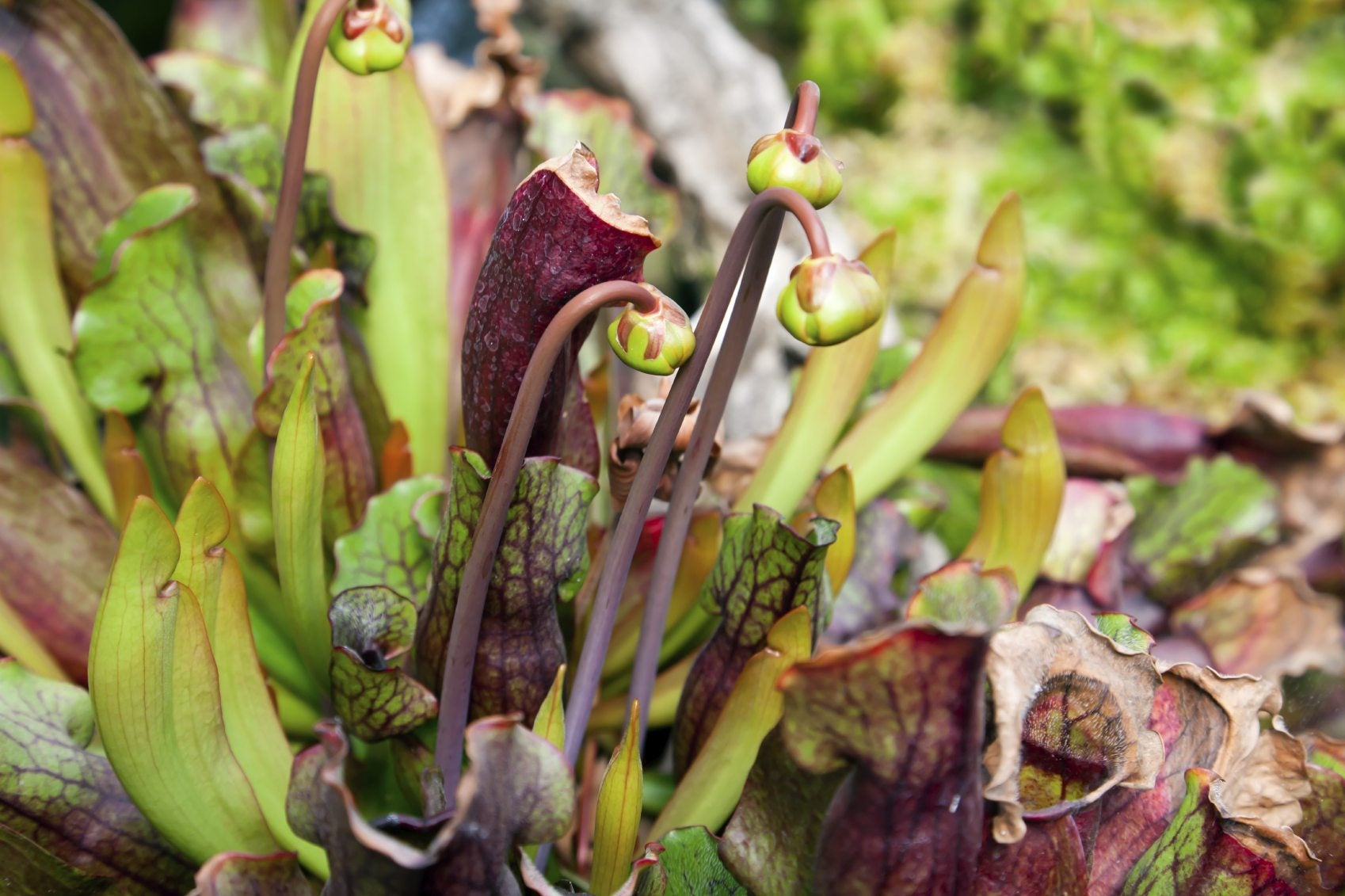 Trimming Pitcher Plants: Guide To Pruning A Pitcher Plant
Trimming Pitcher Plants: Guide To Pruning A Pitcher PlantGenerally, pitcher plants do not require much maintenance, but pruning a pitcher plant occasionally produces a more vigorous plant. Learn how to prune a pitcher plant and when it?s done in the following article. Click here for more info.
By Teo Spengler